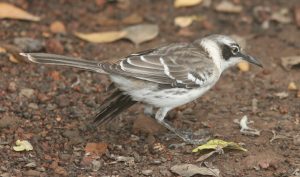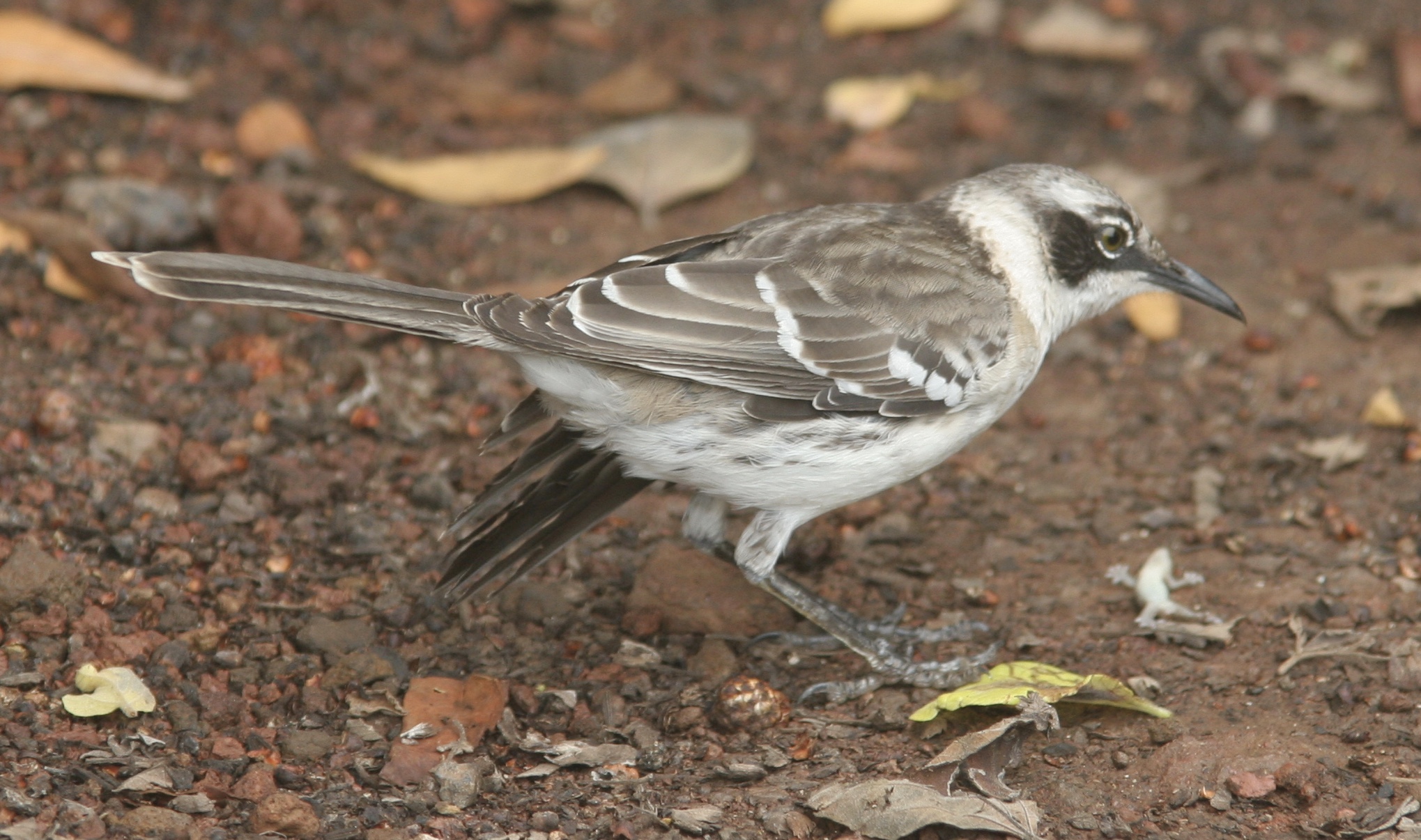Hello everyone,
Sorry, I have been away for a few days without internet. On Tuesday (19th) we went to Isabela, and returned on Wednesday, On Thursday (21st) we went to San Cristobal and returned yesterday. Today we began the survey of invasive algae around Santa Cruz.
It’s been quite an exciting few days, but I hope that you will forgive the absence of posts.
There are a couple of exciting things on their way to you. Hopefully I will be able to post my first ‘guest post’ from Jess Howard who works here at the Charles Darwin Foundation, but is also an former-Southampton student. She has kindly written a piece about plastic waste and the problems it can cause for the oceans, and the Galapagos. I hope that I can post that tomorrow (internet permitting).
Now to today’s post. Charles Darwin didn’t write an exhaustive account of his time in Galapagos. I was surprised that I managed to read the chapter, all 23 pages (in my Penguin Classics edition) in the first half an hour of the flight from the mainland to the islands.
Darwin arrived on Chatham Island, now called San Cristobal, on September 15th, 1835. One of the major things he noted was the tameness of the birds. I must agree. I have never had so many birds just hopping up to me, or sitting on the back of my chair, while I am eating my lunch. Their whole disposition is quite unlike anything I have seen before. If you go to Trafalgar Square, London, or St. Marks, Venice, you run the risk of being dive bombed by pigeons. Here the birds seem to be fascinated in you: “what are you doing in my patch?”, while at the same time wholly disinterested in you.
When we think of Darwin and birds, we immediately think of the finches that have been named after him. However, Darwin didn’t immediately recognise their importance, and didn’t record on which island he collected which finches he sent back to London. John Gould of the British Museum identified them as finches a fact Darwin acknowledged in the Origin of Species, as he did in other places, that he had not been as careful as he might be in recording the specimens’ origins. We will come to the finches in a post tomorrow. They are devilishly difficult to identify, I think that I have 5 species ID’d now, but I am happy to be corrected.
The birds that Darwin seemed to comment on, more excitedly, were the mocking birds, and I can see why. They are noisy, nosey and have a lot of ‘personality’. There are 4 species spread over the islands, and I think that I have successfully separated the Santa Cruz species Mimus parvuls, from the San Cristobal species Mimus melanotis:
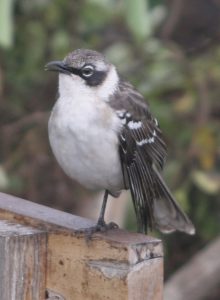
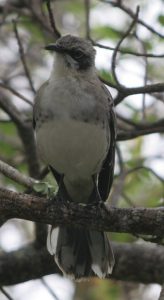
The mocking birds really are very boisterous, and are excellent mimics. The have even learned to mimick the call of the recently introduced smooth-billed ani (Crotophaga ani).
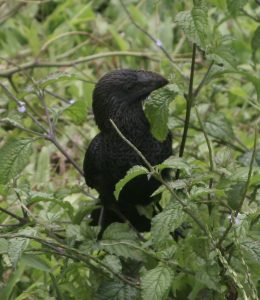
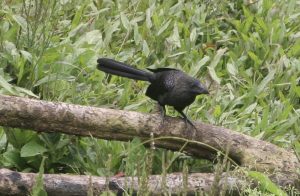
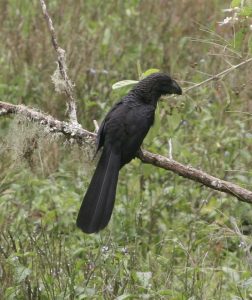
The mockingbird will eat all sorts of things from invertebrates and small vertebrates and even sealion placenta (Fitter, Fitter and Hosking, 2016, Wildlife of the Galapagos). Jerry likes to have a varied diet, and here he has decided to make a ghecko into his lunch…..
